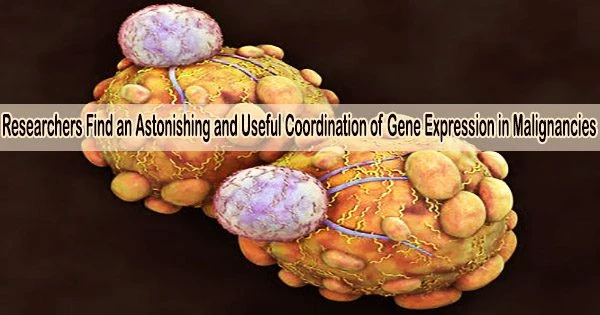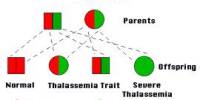A pair of genes that are expressed by a particular type of immune cell within tumors are linked to a vast network of gene expression programs that are engaged by various cell types in the tumor microenvironment and regulate human cancers, according to a study by Ludwig Cancer Research.
In the most recent edition of Science, researchers led by Mikael Pittet of Ludwig Lausanne report that patients with higher expression of the gene CXCL9 in their tumor-associated macrophages had significantly better clinical outcomes than those with higher expression of the immune cells’ SPP1 gene. They demonstrate that whereas macrophages expressing SPP1 are in a state that promotes tumor growth, those expressing the former gene are always prepared to assault cancer cells.
The most intriguing finding, however, is that pro-tumor gene expression signatures are invariably associated with low CS ratios in the tumor microenvironment (TME), whereas high ratios of CXCL9 to SPP1 in the TME indicate a similar anti-tumor slant in other TME cells.
“We were very surprised to find that just this one parameter the ratio of two genes primarily expressed by macrophages could tell us so much else about the tumor,” said Pittet. “This is true for multiple types of solid tumors. It means that despite their enormous complexity, the microenvironments of tumors are governed by a clear set of rules. We have described one of them in this study.”
With further validation in prospective clinical studies, Pittet noted, the CS ratio could be an easily measured molecular marker of likely patient prognosis and a useful tool for the management of therapy.
Additionally, the study’s discovery of networks of interconnected gene expression profiles in many cell types reveals multiple possible molecular targets for the creation of medications that could alter the TME’s state to make it more responsive to therapies like immunotherapy.
We were very surprised to find that just this one parameter the ratio of two genes primarily expressed by macrophages could tell us so much else about the tumor. This is true for multiple types of solid tumors. It means that despite their enormous complexity, the microenvironments of tumors are governed by a clear set of rules. We have described one of them in this study.
Mikael Pittet
Noncancerous cells of the TME play a critical role in the growth and viability of tumors. These include fibroblasts, which produce the molecular filler for tissues, endothelial cells, which form blood channels, epithelial cells, which line holes in the body, and a variety of immune cell species, which in different ways support or impede tumor growth. It’s intriguing to think of using these cells as a cancer treatment target since, unlike malignant cells, they don’t mutate quickly and are less likely to develop drug resistance.
Pittet and his colleagues were interested in how much the TME varies between tumors. They conducted an objective examination of 52 primary and metastatic tumors from 51 patients with head and neck cancer to learn more about how patient outcomes were related to global gene expression that was captured in individual cells but statistically assessed across tumors as a whole.
This method identified CXCL9 and SPP1 as being intimately connected to prognosis, and this turned out to be true for other solid tumors as well. These genes’ expression is mutually exclusive in individual macrophages. The expression of the two genes, Pittet and colleagues show, is also more categorically associated with the anti-tumor or pro-tumor “polarity” of macrophages than currently used markers.
Notably, the ratio of CXCL9 and SPP1 expression (termed CShi or CSlow) was broadly consistent with the state of other types of TME cells in head and neck tumors and with several phenomena associated with pro and anti-tumor effects.
CShi tumors, for example, tended to be infiltrated with B and T lymphocytes and dendritic cells, which all drive anti-tumor immunity. Additionally, in these malignancies, other cell types activated signaling molecules and pathways that support inflammation or otherwise trigger immune responses.
CSlow tumors, on the other hand, exhibited gene expression characteristics related to the growth and development of cancer, including adjustments to oxygen deprivation, the development of new blood vessels, and the generation of cellular changes that promote cancer metastasis.
“Just by looking at the ratio of these two genes in macrophages, you can deduce the molecular activity of tumor cells, endothelial cells, fibroblasts you name it,” said Pittet. “This startling coherence means that tumors are not a chaotic place, that all these cell states within the TME are coordinated. This information has the potential to be very useful for the development of precision medicine strategies for cancer therapy.”
The next step for Pittet and his team will be to determine whether the gene expression networks they discovered can be utilized to forecast patient outcomes or estimate how different treatments will likely affect a patient’s reaction. They will also examine in greater detail how the CS ratio interacts with and affects other coordinated axes of gene expression in the TME.
“The big question is, what are the best ways to interfere therapeutically with this network, with the goal being benefit to the patient?” said Pittet.
















